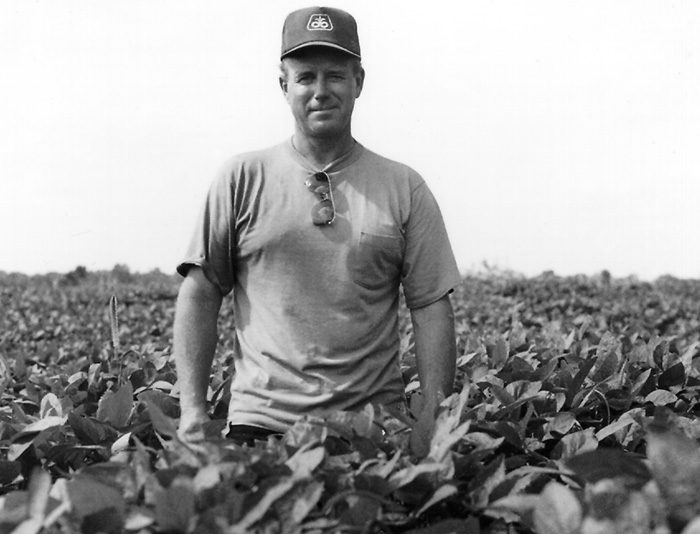No-Till Farmer
Get full access NOW to the most comprehensive, powerful and easy-to-use online resource for no-tillage practices. Just one good idea will pay for your subscription hundreds of times over.

Despite all the talk about the latest technologies that claim to boost yields for no-tillers, Ray Rawson of Farwell, Mich., says the key to healthier crop life and higher yield is often overlooked by overzealous farmers.
“The first step you should take is to evaluate your immediate environment,” the developer of the zone-till system explains. “Each of us needs to know what we have to work with and where we’re at.”
Evaluating the environment, according to Rawson, means assessing three key elements.
“All living things have to have oxygen, water and nutrition,” he says. “If we’re going to do well, we have to have a good environment to live in.”
Also important is the mindset of the farmer when approaching a no-till field.
“Everything we do out there is going to be directly related to our income,” explains Rawson. “We all need to have an excellent stand and improvement of soil tilth. The question is: How do we get there?”
Turning your attention toward soil quality is a step in the right direction with successful no-tilling, says Rawson.
“Labs tell us that soil air and soil water are critical concerns. Most list it as the number one and two areas to focus on,” he says.
One way of setting your sights on soil improvement is to concentrate on carbon dioxide.
“They tell us there is not enough carbon dioxide to produce quality crops,” explains Rawson. “We can solve this problem by allowing…